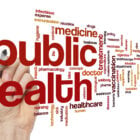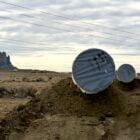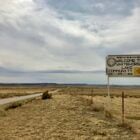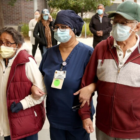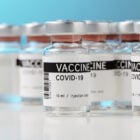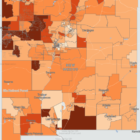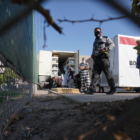2022 Special Edition
Little-known public health councils are key to public health but chronically underfunded
|
The COVID-19 pandemic has laid bare the limits of New Mexico’s understaffed and highly centralized public health system.
Unlike most other states, New Mexico does not have county-based health boards. Instead, public health services like vaccination have traditionally fallen to the chronically understaffed state health department, which has struggled to contain the pandemic’s spread. “The big lesson is that we’ve underfunded public health,” said Sen. Jerry Ortiz y Pino, D-Albuquerque. “Our infrastructure was woefully inadequate and now we’re paying the price.”
That includes funding for the state’s 42 county and tribal comprehensive community health planning councils that, in the absence of local health boards, fill an important role identifying local public health gaps and needs. Many of the health councils have gone beyond their statutory mandates, in recent months, to pitch in with local COVID response efforts – helping to coordinate local testing and vaccination efforts, get word out to local residents about where they can get booster shots, and at times serving as an important channel of communication between state health officials and local governments.
But the health councils are woefully underfunded, despite legislation passed in 2019 that expanded their mandates and directed the health department to provide them more funding.
